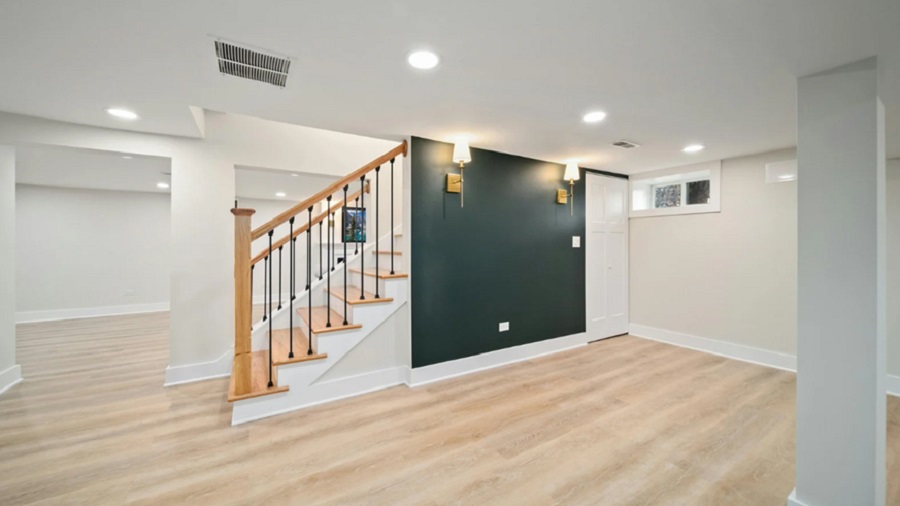When completing a basement renovation, flooring selection plays a critical role in the overall comfort, durability, and functionality of the space. With projects for basement finishing in Cumming becoming increasingly popular, homeowners are seeking flooring options that not only complement their design but also withstand the unique conditions of below-grade environments. From moisture control to aesthetics and budget, choosing the right flooring requires careful consideration.
Why Flooring Selection Matters in a Basement
Unlike upper levels, basements are more prone to humidity, temperature fluctuations, and potential water intrusion. These factors should influence your flooring decision. The right materials will resist damage, promote comfort underfoot, and support your basement’s purpose—whether it’s a home gym, theater, guest suite, or game room.
Durability and moisture resistance are essential, but comfort, maintenance, and cost-efficiency should also be part of your decision-making process.
Flooring Options to Consider
There are several popular basement flooring materials, each with pros and cons depending on your priorities:
- Luxury Vinyl Planks (LVP): A top choice for basements, LVP offers water resistance, easy installation, and a hardwood look without the susceptibility to moisture damage.
- Tile: Porcelain or ceramic tile is durable and moisture-proof, but can feel cold underfoot without radiant heating.
- Carpet Tiles: Great for creating a warm, cozy atmosphere, especially in family rooms or play areas. Easy to replace if damaged.
- Engineered Wood: More dimensionally stable than solid hardwood, but still not ideal for areas with high humidity or moisture risk.
If you’re trying to enhance functionality while staying within a budget, consider some partially finished basement hacks that blend affordability with comfort. Using area rugs over concrete or focusing on flooring upgrades only in high-traffic zones can help cut costs without compromising usability.
Considerations Before Installation
Before selecting any flooring, assess the condition of your basement floor. Moisture testing is essential. Even the most water-resistant flooring can fail if the foundation allows water seepage. Additionally, make sure your basement is properly insulated and includes a vapor barrier if needed.
Color and texture also play a role. Light-colored flooring can make smaller or lower-ceiling basements feel more spacious and open, while textured finishes offer slip resistance and added comfort.
Beyond materials, it’s important to plan the basement renovation with a clear understanding of design flow and functionality. Looking at the ultimate guide to renovating your basement can help ensure your flooring choices align with your overall layout, lighting, and storage plans.
Conclusion
Selecting the right basement flooring is about striking a balance between style, practicality, and longevity. With so many modern options available, there’s no need to sacrifice aesthetics for functionality. Whether you’re finishing a playroom, lounge, or in-law suite, your flooring choice sets the tone for comfort and durability.
Professionally guided basement finishing ensures that moisture, installation, and long-term use are all factored into your project from the start. When flooring is selected with intention and expert insight, it not only enhances your basement’s value but also turns it into a reliable, welcoming space you’ll use for years to come.

